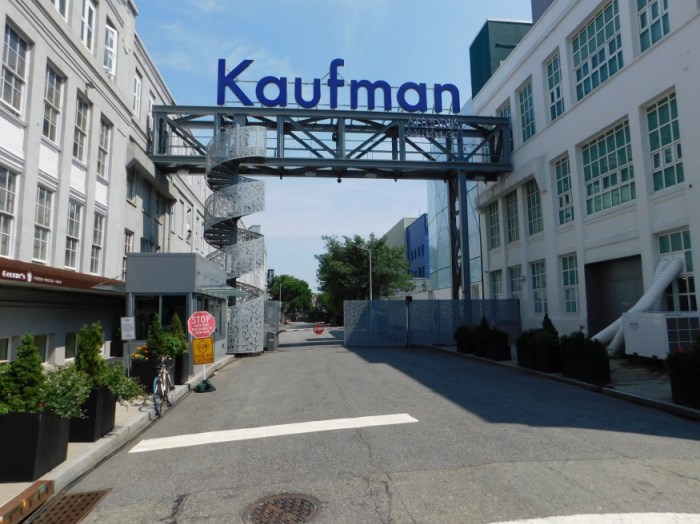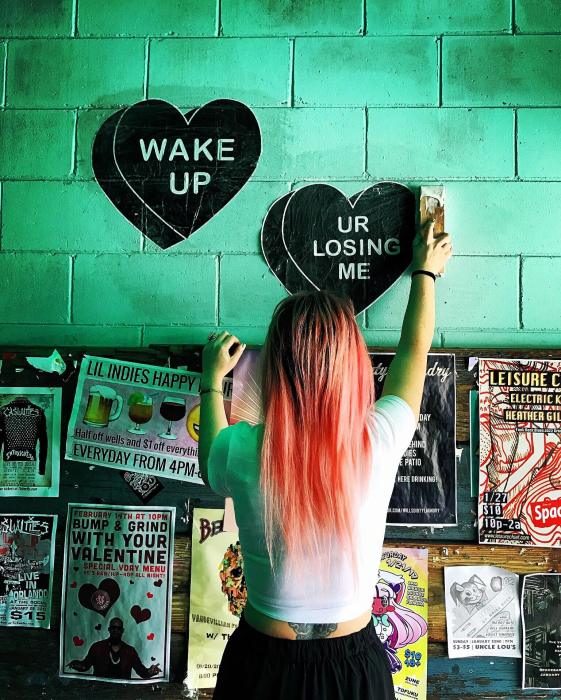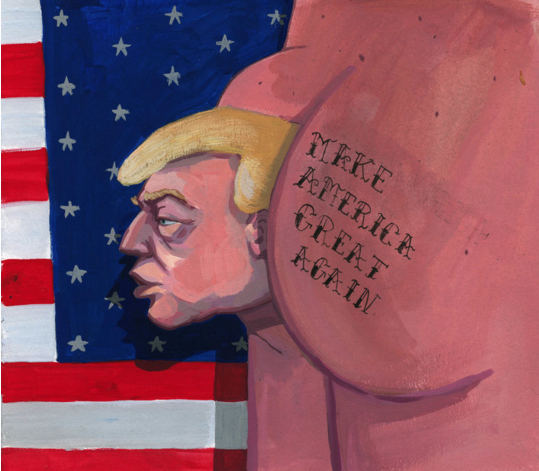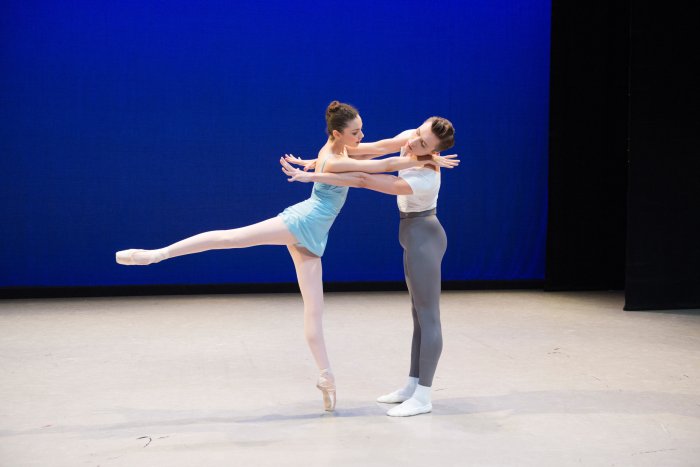If you’ve noticed more artwork in the New York City subway in recent years, you’re not imagining it.
The MTA’s has 250 permanent artworks in the subway, and 100 of those have been added over the past eight years, said Sandra Bloodworth, director of MTA Arts & Design.
Bloodworth has co-authored a book with William Ayres on the subway’s public art system. “New York’s Underground Art Museum” is set to be published on Tuesday, Oct. 28.
Bloodworth, who joined the MTA’s “Arts for Transit” in 1988, said the arts program was created when the MTA was “on the brink of collapse” in the 1980s, and “everything,” including signals, switches and train cars, needed improvements. “The projects started off relatively small but had a huge impact,” Bloodworth said. Early installations included porcelain tiles by Milton Glaser at the Astor Street station, which Bloodworth said is an abstract design inspired by the station’s historic terracotta mosaics. Bloodworth said the art program has been “strong” and “popular” from day one, solidified in the 1990s and gaining momentum ever since.
“You don’t tell New Yorkers why we have art, if you live here you know why,” Bloodworth said. “A New Yorker knows that art is a part of our life, integral to our life, and not an added thing.” Subway artists use “durable as possible” materials when they create the artworks, such as bronze and heavy glass, so that “if man or nature doesn’t intervene, they will be there forever,” Bloodworth said. Fulton Center, expected to open later this month, will fully integrate artwork into the architecture, Bloodworth said, in the form of reflective panels that will open up the station to natural light. Planning art into a station’s design is no coincidence. Bloodworth said when a station is being rebuilt as part of a capital project, the arts program receives about 1 percent of the finished budget to spend. “That is the exciting part,” Bloodworth said, adding the artists commissioned for the program have free reign to interpret how they see the station, the neighborhood where it sits and the spirit of the people who live there. And, even if commuters aren’t even actively viewing the underground artwork, Bloodworth said passersby might reap the benefits as well.
“I think people experience public art in a variety of ways, some (pieces) speak to them, some don’t speak to them,” Bloodworth said. “In other ways, people sort of experience it, know this place is enhanced, or a special place because of the introduction of art.” “New York’s Underground Art Museum” is published by Monacelli Press. For more information on MTA Arts & Design, and to download a free app that provides information on the subway art system, visit http://web.mta.info/mta/aft/. Stations worth an artwork visit:
Exploring “New York’s Underground Art Museum”
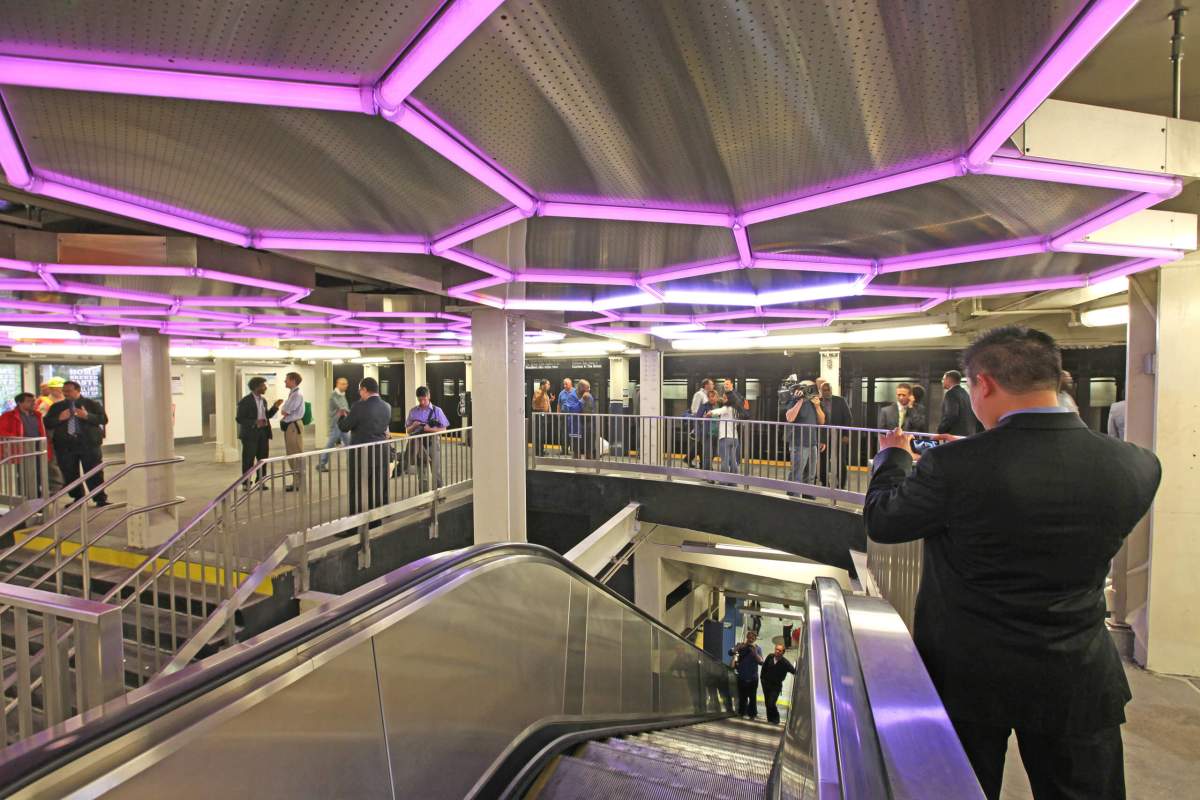
MTA











